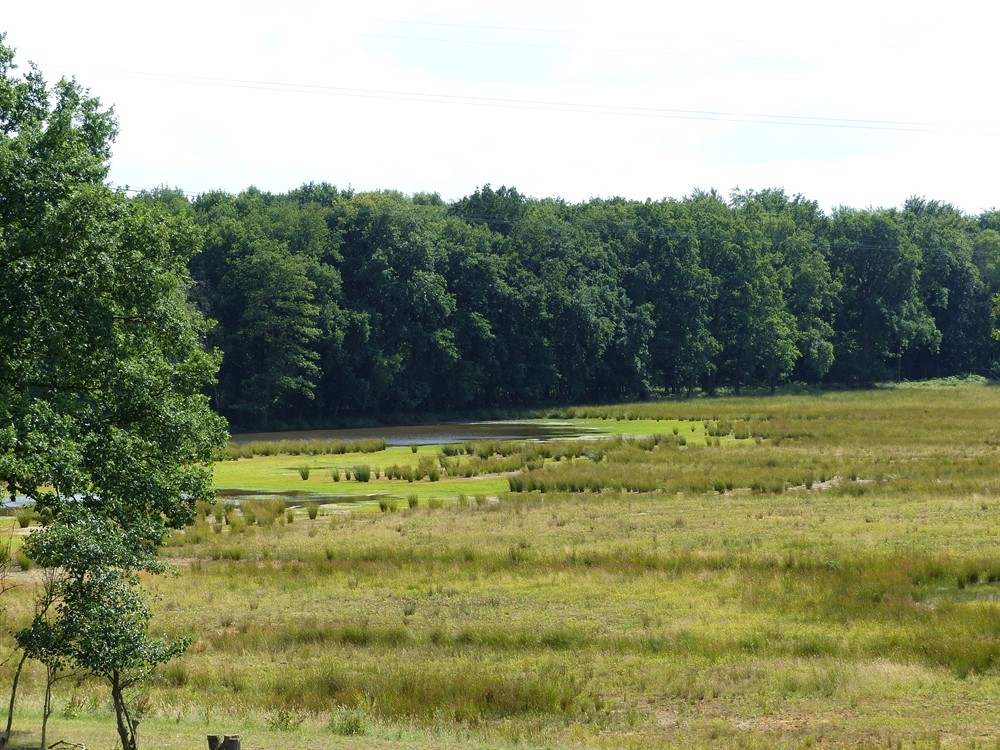Weerterbos Natural Climate Buffer
Weerterbos national forest is located on the border between the provinces of Limburg and Noord-Brabant, in between the Brabant village of Maarheeze and the Limburg municipality of Nederweert. The area encompasses old, damp deciduous woods, pools, and small sections of heath. Between 2007 and 2013, the Stichting Het Limburgs Landschap foundation and ARK Nature restored local pools and swamp woods, in collaboration with the district water board and the provincial authorities. This has boosted the area’s capacity to retain water during extreme downpours and to supply water in periods of drought.

What measures have been taken?
To restore the pools and swamp woods in the Weerterbos area, the collaborating parties have implemented the following measures:
- On the south side of the area, they purchased some thirteen hectares of farmland to be converted into new nature and woods;
- Woods have been planted, and in woods featuring only conifers, other tree species have been planted;
- Drainage ditches have been shallowed and closed off, thus enabling rainwater to seep into the soil and slowing down groundwater level falling rates;
- Farmland water often contains nutriments and toxins. In order to protect water quality in the Weerterbos area, this farmland water has been diverted. Furthermore, the area was sealed off from the high-nutriment canal water that does not belong there;
- Old brook courses have been redeveloped in order to slow down water run-off and to prolong rainwater retention during severe downpours;
- The Peel en Maasvallei district water board is still working on the redevelopment of the Oude Graaf drainage canal, which is aimed at preventing the supply of farmland water and at restoring the area’s sponge effect.

What results have been achieved?
The Weerterbos measures have produced the following results:
- The risk of waterlogging in the cities of Den Bosch and Eindhoven has been reduced;
- A larger, more resilient nature reserve has been created, which is less vulnerable to drought;
- The overall water collection capacity has increased: rainwater is retained for longer periods of time and can sink into the soil more easily;
- Groundwater levels are falling less rapidly. This has increased the volume of water available, whilst retaining maximum seepage pressure, also in the summer months. High seepage pressure is important, as this forces up groundwater;
- The water system has become more resilient and more natural, whilst water quality in the area has improved;
- The ecological value of the area has increased: the landscape has diversified. It now comprises woodlands, shrubs, swamps, and open water. This also fosters biodiversity, as it expands the habitats of different plant and wildlife species. For example, the new swamp area is attracting water birds, such as black stork and egret.
- The area is attracting more visitors and offers more appealing options for leisure activities.
Contact person
Imke Nabben
ARK Natuurontwikkeling
06 30103893
imke.nabben@ark.eu
